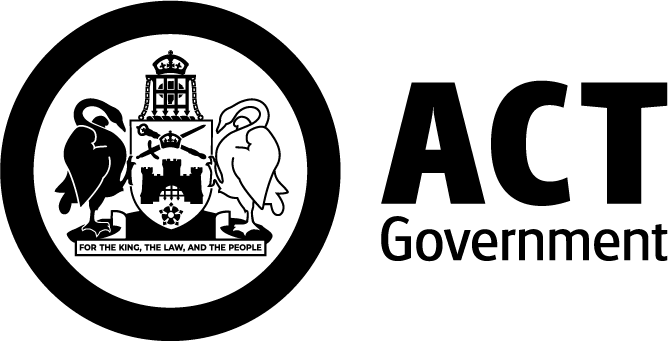On this page
- Overview
- What is combustible cladding
- Private Buildings Cladding Scheme
- Suppliers of cladding remediation services
Overview
Infrastructure Canberra (iCBR) leads the ACT Government's Cladding Rectification Program. It finances Owners Corporation (OCs) to remove and replace potential combustible cladding. The program has two parts:
- Private Buildings Cladding Scheme
- Government Buildings Program.
The ACT actively manages the fire risk from cladding on all Government owned buildings.
What is combustible cladding
Cladding is a building material applied to the outside of buildings. It can:
- provide thermal insulation
- add weather resistance
- improve appearance.
Some types of cladding can catch fire or melt when exposed to heat. This can happen at relatively low temperatures.
There are three types of cladding of combustible cladding:
- aluminium composite panels
- expanded polystyrene systems
- reconstituted wood plastic composite.
It can be difficult to visually identify combustible cladding. Some types of cladding can look like rendered brick, concrete or solid wood. There are also aluminium cladding products that may not be combustible.
Learn more about types of cladding and fire safety.
Private Buildings Cladding Scheme
The Private Buildings Cladding Scheme began in July 2021 and supports apartment owners to assess and fix potentially dangerous cladding It includes:
- Private Buildings Testing and Assessment Scheme (now closed)
- Private Buildings Concessional Loan Scheme.
The program offers financial support for Owners Corporations to:
- understand how to test and assess their cladding
- remove and replace cladding with concessional loans.
Testing and assessment funding
Two grant programs supported owners corporations to test their buildings:
- Private Buildings Testing and Assessment Scheme
- open: July 2021 – July 2022
- grants of up to $22,000 (GST incl)
- Private Buildings Cladding (Supplementary) Scheme
- open: May 2024 – 20 March 2025
- grants of up to $12,500 (GST incl)
These grants are no longer available. However, Owners Corporations can still hire a private fire engineer and pay for this themselves. You can find an authorised professional on the Register of Suppliers.
Cladding remediation loans
The Private Buildings Concessional Loan Scheme offers low-interest loans for remediation works on eligible apartment buildings. These works involve replacing dangerous cladding with safe materials.
Learn more about the Private Buildings Concessional Loan Scheme.
Suppliers of cladding remediation services
Owners Corporations need to hire a qualified professional to complete cladding remediation works. You can find an authorised expert on the Register of Suppliers.
Suppliers on the register can:
- check if the building has combustible cladding
- assess the fire safety risk
- recommend ways to reduce or remove the risk
- estimate the cost of the remediation
- advise owners corporations on temporary safety measures until remediation works are completed
- complete remediation works.
The register may include:
- architects – may also act as a project manager
- builders
- building certifiers / building surveyors
- fire engineers
- project managers
- quantity surveyors
- structural and/or facade engineers
Learn how to join the register of suppliers.
View the Register of Suppliers.
